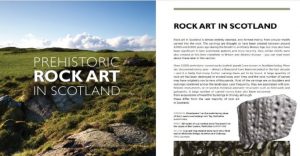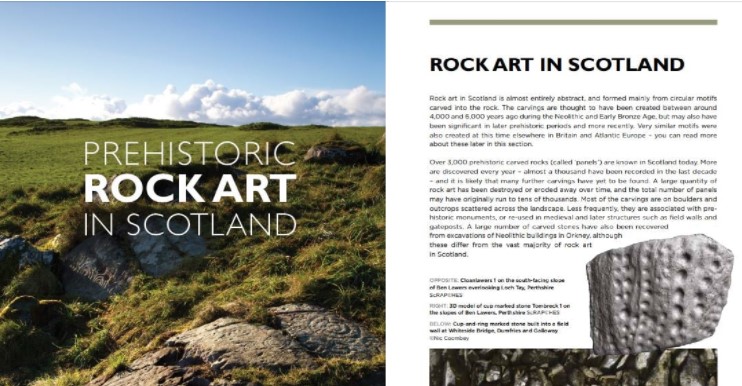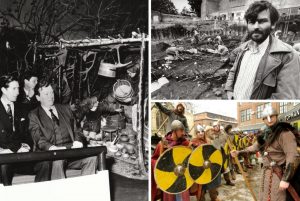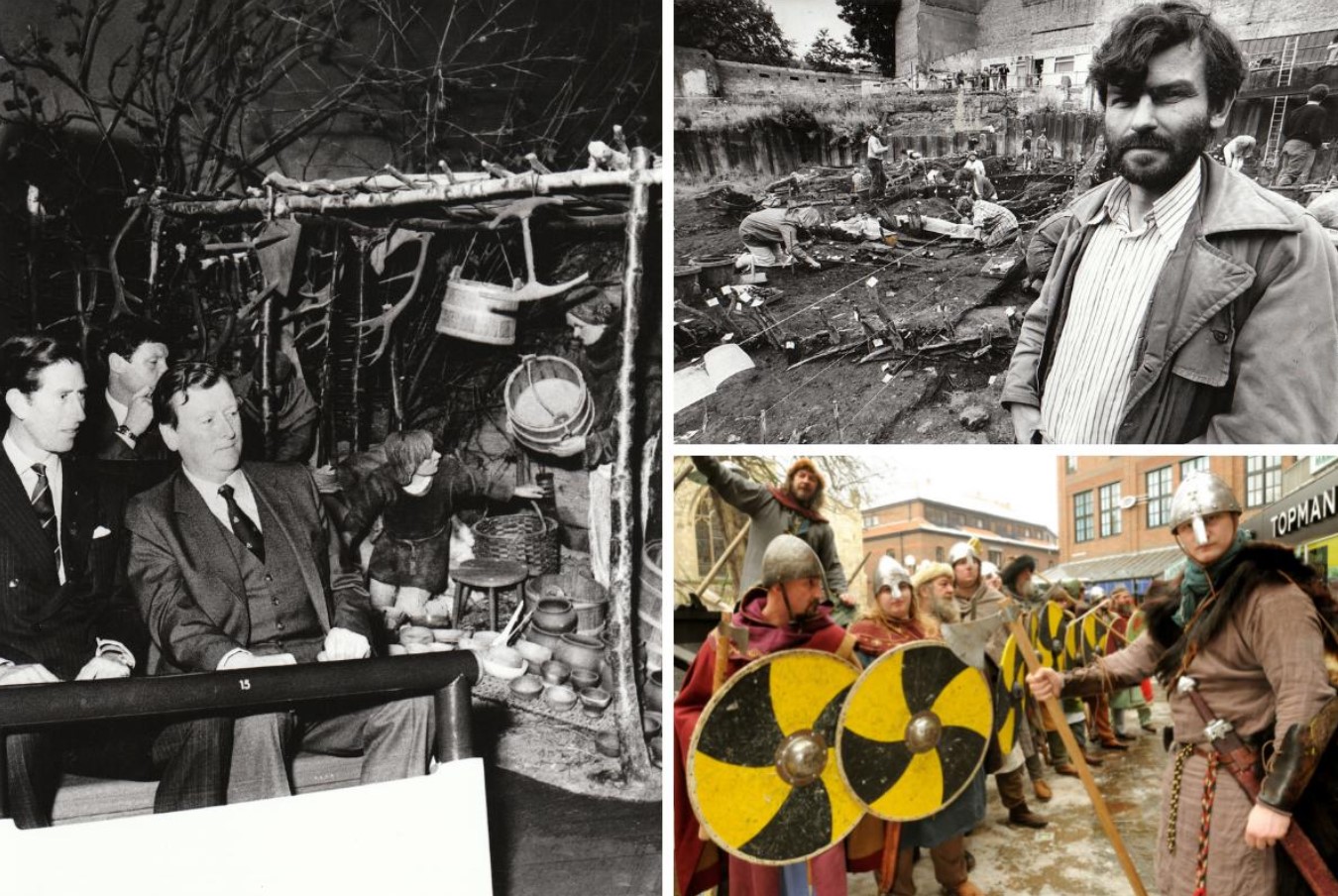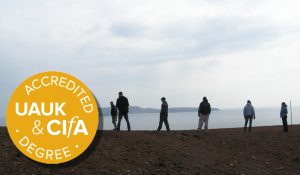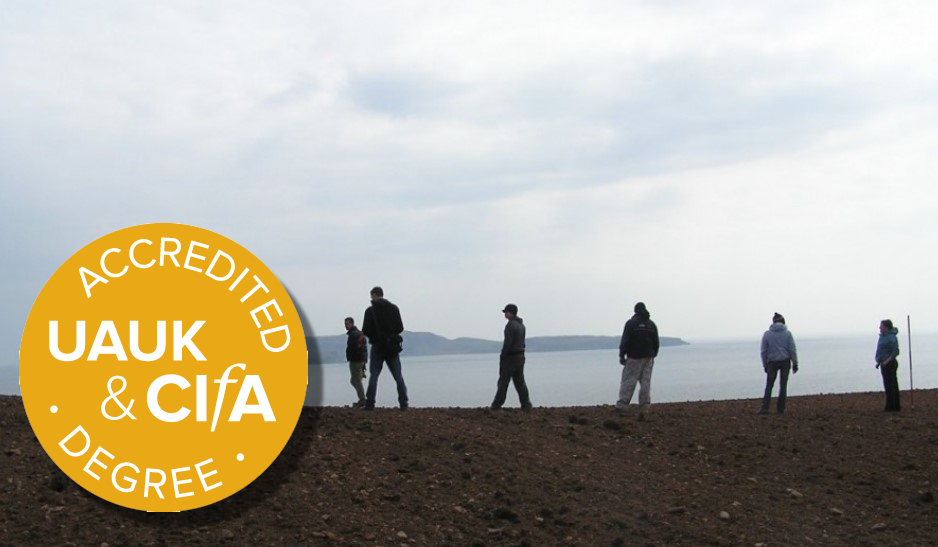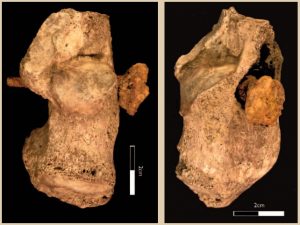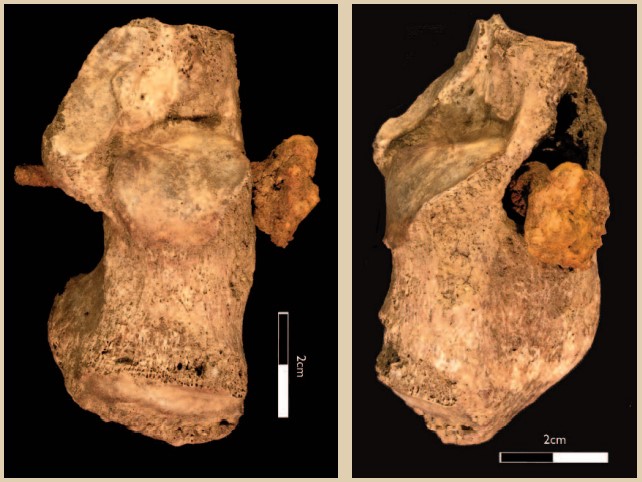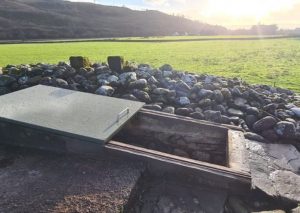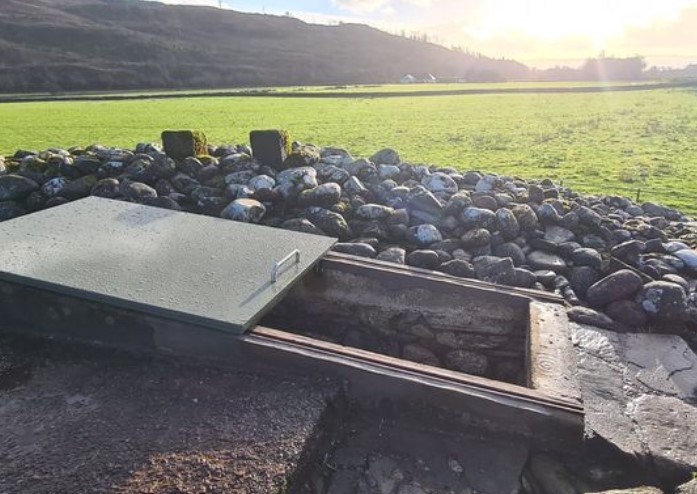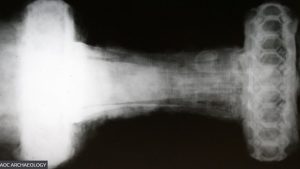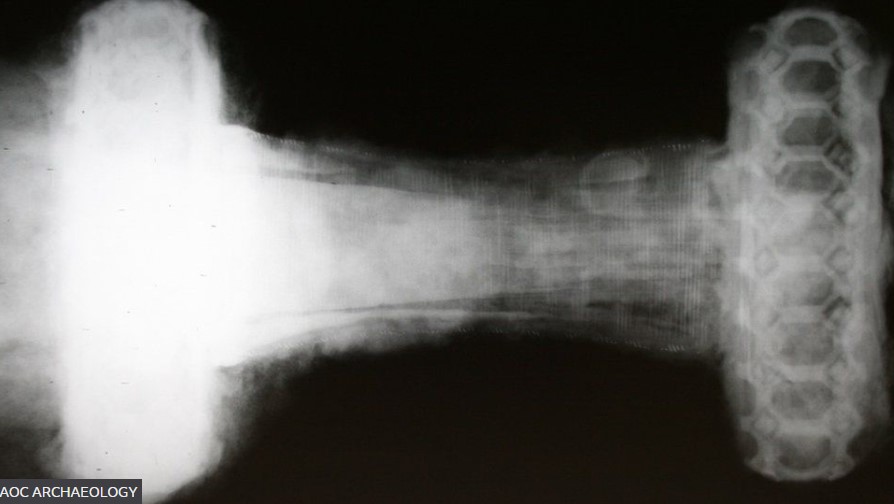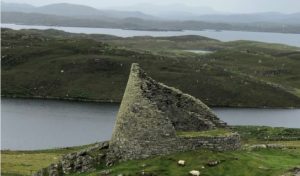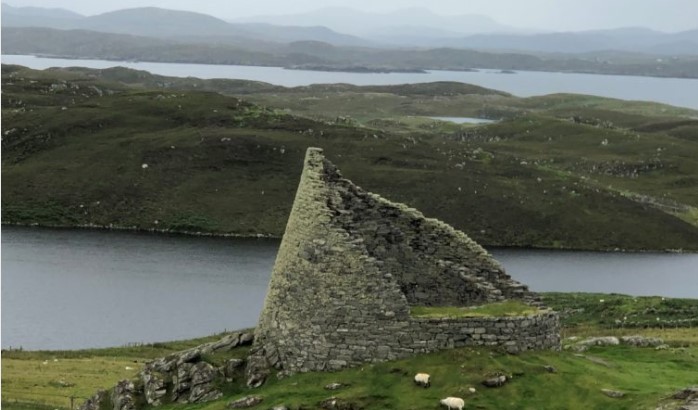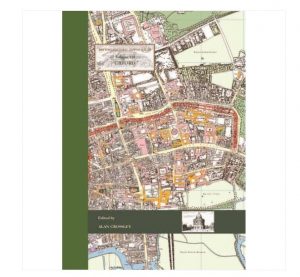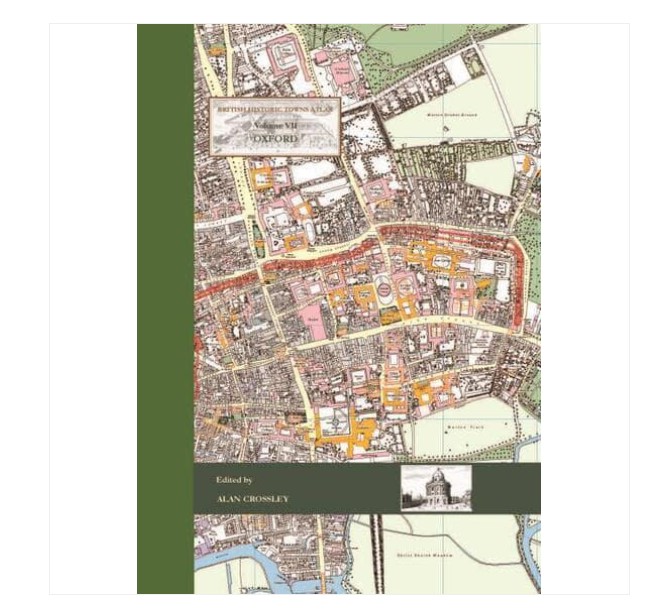You can watch the whole Award ceremony here
Prehistoric Rock Art in Scotland – new booklet published
The booklet ‘Prehistoric Rock Art in Scotland: archaeology, meaning and engagement’ has now been published and is available to download on our website here: Rock Art FINALebook_spreads.pdf
Coppergate: the dig that turned York Viking
On a personal note, I missed teh end of teh dig by a year, but here was the start of my career, and the start of modern developer led archaeology ( other sites as well!)
READ the Story here: Coppergate: the dig that turned York Viking… | York Press
CIfA and UAUK announce degrees from the Universities of Bristol, Cambridge and Christ Church Canterbury to receive accreditation
The Chartered Institute for Archaeologists (CIfA) and University Archaeology UK (UAUK) have announced three further departments offering academic programmes which have been formally accredited as providing skills relevant to a career in the historic environment. These are: University of Bristol – BA Archaeology & Anthropology; University of Cambridge – BA (Honours) in Archaeology; and University of Canterbury Christchurch – pathway through BA Archaeology. They join the universities already offering accredited programmes, making fifteen in total, and a list can be found here.
Crucifixion in Cambridgeshire
A previously unknown Roman settlement found in Cambridgeshire has five small cemeteries. In one were the remains of a man with a nail through his heel.
Exclusively for British Archaeology, David Ingham & Corinne Duhig report on the excavations by Albion Archaeology in 2016 , and what they believe to be extremely rare evidence for ancient crucifixion – and the first from northern Europe.
Free Access to Crucifixion in the Fens: Life and Death in Roman Fenstanton Council for British Archaeology (archaeologyuk.org)
Nether Largie North Cairn reopens at Kilmartin Glen?
Early Medieval Blair Atholl Man may have been Irish
A medieval man whose face was immortalized in a striking reconstruction isn’t quite who we thought he was. The so-called Blair Atholl Man, who died at the age of 45 and was buried near Blair Atholl in the Scottish Highlands some 1,600 years ago, was not a local, researchers now say.
Instead, Blair Atholl Man likely spent his childhood on the western coast of Scotland, perhaps on one of the islands of the western Hebrides, such as Mull, Iona or Tiree, or maybe he grew up farther away, in Ireland, a chemical analysis of his remains revealed.
Medieval Scot with strong jawbone wasn’t a local | Live Science
A Viking sword found at a burial site in Orkney is a rare, exciting and complex artefact, say archaeologists.
The find, made in 2015 on the northeast coast of Papa Westray, is being carefully examined as part of post-excavation work.
Archaeologists examining the weapon said it had “many stories to tell”.
The remains of a scabbard, a sheath for the blade, was also found.
AOC Archaeology’s Andrew Morrison, Caroline Paterson and Dr Stephen Harrison suggested there was more information still to be gleaned from the finds.
Orkney’s rare Viking sword has ‘many stories to tell’ – BBC News
Revealing the prehistoric origins of Scotland
Hadrian’s Wall is often blamed for splitting Ancient Britain in two but newly published archaeological research reveals that the peoples of Scotland and England were already culturally divergent long before the Romans arrived in Britain.
An array of brochs, duns, crannogs and souterrains are found widely across Scotland but are not evident in northern England or further south. Surprisingly, that various types of Iron Age settlement do not breach the Anglo-Scottish border is something that has not been examined in detail, until now.
Revealing the prehistoric origins of Scotland | (guard-archaeology.co.uk)
Oxford now in the British Historic Towns Atlas series
British Historic Towns Atlas Volume VII: Oxford, edited by Alan Crossley, with contributions from Julian Munby and Liz Stafford, as well as Paul Booth is now published.
The latest volume of the British Historic Towns Atlas covers the internationally-renowned city of Oxford. Famed for its university and its many outstanding historic buildings, the volume presents in mapped form the history of its topographical development. From its prehistoric setting, through its contentious Anglo-Saxon foundation, the medieval establishment of its university, and its sporadic growth after that, the atlas charts how it became a nineteenth-century city dominated by colleges, churches, university buildings, and its associated publishing industry.
The atlas is presented as a large-format portfolio containing a series of maps showing the city at key points in its history, many illustrations of its buildings and streets, maps to show its setting, and reproduction early maps of the city. A readable text introduces and explains the maps, giving the reader a thorough grounding in how and why Oxford developed, and an explanation of its changing fortunes. A supplementary chapter brings the situation up to date.
ORDER HERE: £56
British Historic Towns Atlas Volume VII: Oxford (oxbowbooks.com)


